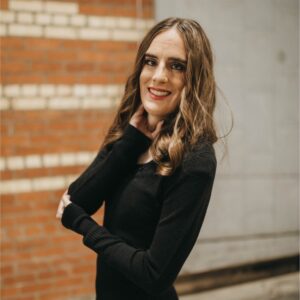Not all liquids are created equal. The level of some contained liquids is easy to detect, while other liquids create a heavy foam or vapors that can cause problems for ultrasonic level sensors.
Problematic Foam and Vapors
Ultrasonic level sensors use sound waves to measure the level of the liquid. Heavy foam can absorb the sound wave, causing false or no readings. While some ultrasonic level sensors have different filters and setting to help eliminate the false readings, foam is what it is and will usually win.
Vapors from the liquids can also result in problems for a non-contact sensor. Vapors create different air densities, causing the sound wave to change as it goes through the different layers. The accuracy of the level sensor goes way down, if the sensor gets a reading at all.
For these tough applications, a contact sensor will have the best results. There are two different kinds of contact sensors that tackle these tough applications with ease.
Continuous Float Level Transmitters
With continuous float level transmitters, APG offers two types: resistive level sensors and magnetostrictive level sensors. Resistive chain technology uses internal reed switches that read where the float level is on the stem of the sensor. A resistive chain sensor will give a reliable and accurate reading of the liquid level. Magnetostrictive sensors also read the float on the stem to give reliable accurate readings, but are more accurate.
The key to either of these level sensors is to know the specific gravity of the liquid. With the specific gravity, we can pick the correct float for the application. The float will sink through the foam and float on the liquid. Floats are not affected by the vapors either.
Submersible Pressure Transducers
Additionally, a submersible pressure transducer is a suitable choice. Pressure transducers sink to the bottom of the tank or vessel, and measure the pressure exerted by the volume of liquid. This is translated to a level reading.
Contact us to discuss how level sensors such as ultrasonic level sensors, continuous float level transmitters, or submersible pressure transducers can help you and your company. We’ll help you sort through which sensor is best for your application.
WRITTEN BY

Sami T.
Sami Thompson is APG’s Marketing Technical Writer and has been with the company since 2022. With a master’s degree in English from Utah State University and a 40-page thesis publication under her belt, Sami has a demonstrated strong writing background. In her free time, Sami enjoys reading and birdwatching.


